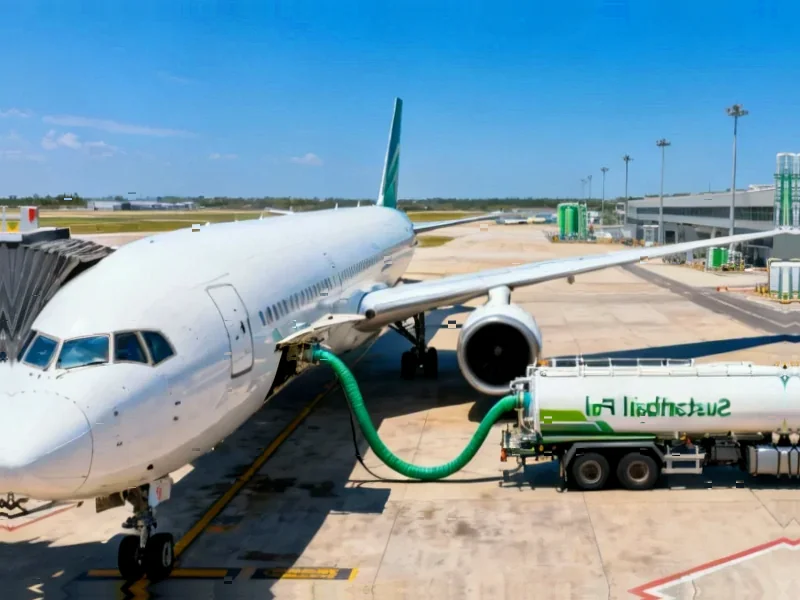According to Manufacturing.net, Eli Lilly is planning to build a new $3 billion manufacturing facility in Katwijk, Netherlands, located within the Leiden Bio Science Park, with construction expected to begin next year. The facility will incorporate advanced technologies including dock-to-dock automation, paperless manufacturing, process analytical technology, and spray-dried dispersion for improved drug absorption. The site will be among those manufacturing orforglipron, Lilly’s first oral small molecule GLP-1 receptor agonist, which the company expects to submit for regulatory approval for obesity by the end of this year. The investment will create 500 permanent jobs in South Holland province plus approximately 1,500 construction jobs, contingent upon finalization of government permits and local approvals. This European expansion follows recent announcements of manufacturing expansions in Puerto Rico, Texas, and Virginia, with two more U.S. locations to be announced soon. This massive investment signals a fundamental shift in how pharmaceutical companies approach manufacturing strategy for next-generation therapies.
The Spray-Dried Dispersion Breakthrough
The mention of spray-dried dispersion technology represents one of the most significant technical advancements in oral drug manufacturing. Traditional small molecule drugs often face bioavailability challenges because many modern drug candidates have poor water solubility, limiting their absorption in the gastrointestinal tract. Spray-dried dispersion addresses this by creating amorphous solid dispersions where the active pharmaceutical ingredient is molecularly dispersed within a polymer matrix. This prevents crystallization and maintains the drug in its higher-energy amorphous state, dramatically improving dissolution rates and bioavailability. The technical challenge lies in maintaining physical stability during manufacturing and storage, as amorphous systems tend to recrystallize over time, compromising performance. Lilly’s investment suggests they’ve solved these stability issues at commercial scale, which could revolutionize how we formulate challenging drug molecules.
The Digital Factory Vision
The facility’s emphasis on dock-to-dock automation and paperless manufacturing represents a leap toward the fully digital pharmaceutical plant. Dock-to-dock automation means materials move seamlessly from receiving through manufacturing to packaging without manual intervention, reducing contamination risks and improving efficiency. Paperless manufacturing goes beyond simple digital record-keeping to encompass real-time data collection through process analytical technology, where sensors continuously monitor critical quality attributes during production. This enables real-time release testing rather than waiting for laboratory results, dramatically speeding up manufacturing cycles. The integration of these systems creates a “digital twin” of the manufacturing process, allowing for predictive maintenance and continuous process verification. For GLP-1 medications facing unprecedented demand, this level of automation is essential for scaling production while maintaining quality standards.
Strategic Supply Chain Diversification
Lilly’s European expansion represents a strategic response to both geopolitical risks and regional market dynamics. By establishing advanced manufacturing capacity in the Netherlands, Lilly creates redundancy in their supply chain while positioning themselves closer to European healthcare systems that may increasingly favor locally manufactured medications. The Leiden Bio Science Park location provides access to Europe’s dense network of research institutions and technical talent, particularly in advanced pharmaceutical manufacturing. This diversification becomes crucial as trade tensions and supply chain disruptions continue to challenge global pharmaceutical operations. The timing is particularly strategic given Europe’s growing focus on metabolic diseases and the anticipated regulatory approval pathways for new obesity treatments across European markets.
The Oral GLP-1 Competitive Landscape
The specific mention of orforglipron manufacturing reveals Lilly’s strategic positioning against Novo Nordisk’s oral semaglutide and other emerging competitors. While injectable GLP-1 agonists have dominated the market, oral formulations could dramatically expand patient access and adherence. However, manufacturing oral small molecule GLP-1 receptor agonists presents unique challenges in achieving sufficient bioavailability and consistent dosing. The spray-dried dispersion technology mentioned suggests Lilly has overcome the formulation hurdles that have limited earlier oral GLP-1 candidates. The $3 billion scale of this investment indicates confidence in both the technical success and commercial potential of their oral portfolio. This manufacturing capacity could give Lilly a significant first-mover advantage in oral GLP-1 therapies, potentially capturing patients who prefer oral medications over injections.
Capacity Planning for Unprecedented Demand
The scale and timing of this investment reflect pharmaceutical manufacturers’ response to the extraordinary demand projections for GLP-1 therapies. Current estimates suggest the global GLP-1 market could exceed $100 billion annually, requiring manufacturing capacity that simply doesn’t exist today. Building a facility of this scale typically takes 3-5 years from groundbreaking to operational status, meaning Lilly is planning for demand well beyond current projections. The 2025 construction start suggests commercial production could begin by 2028-2029, coinciding with patent expirations for earlier GLP-1 products and potential expansion into additional indications. This forward-looking capacity planning is essential given the capital-intensive nature of pharmaceutical manufacturing and the long lead times for regulatory approval of new facilities.




